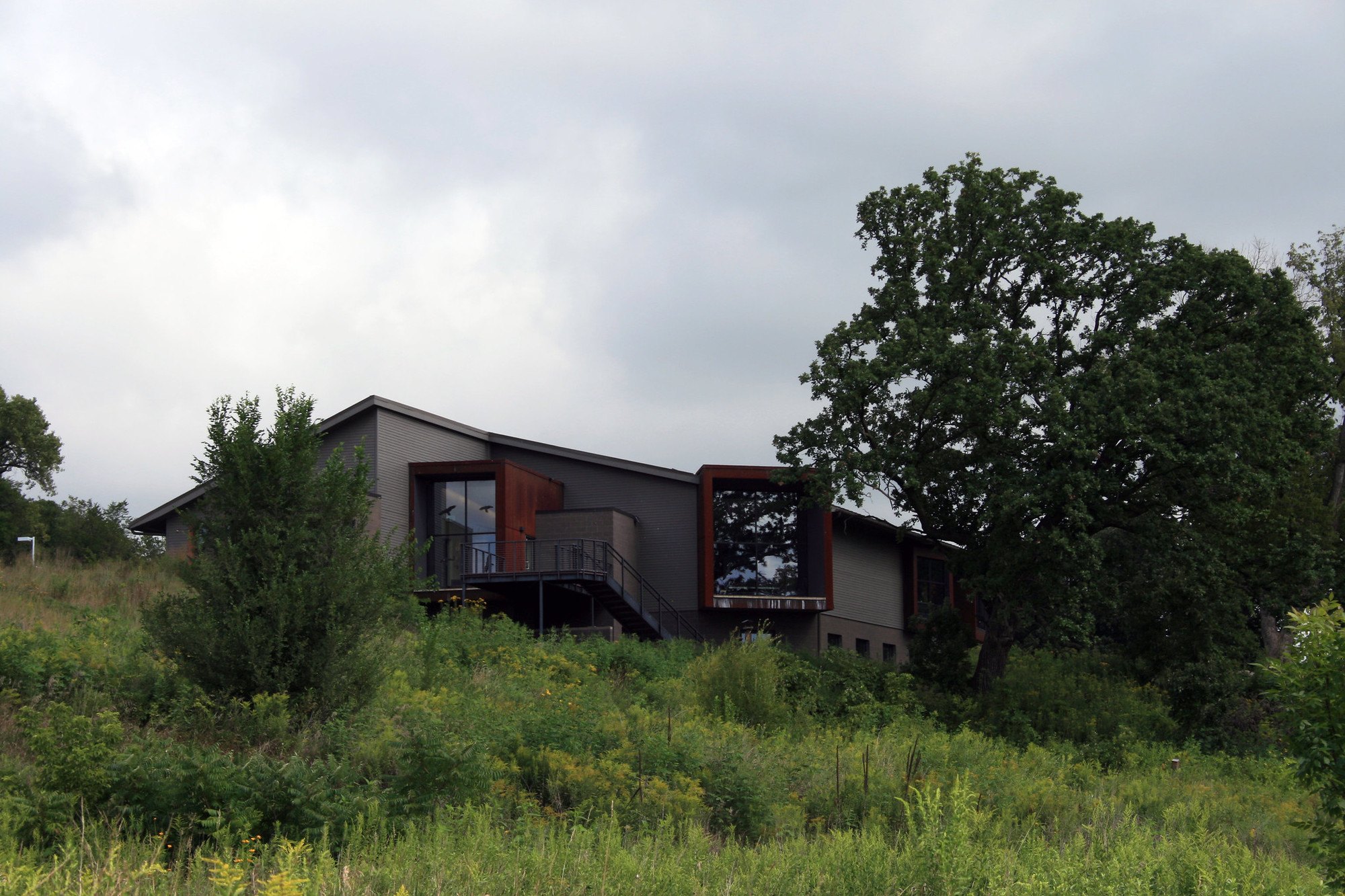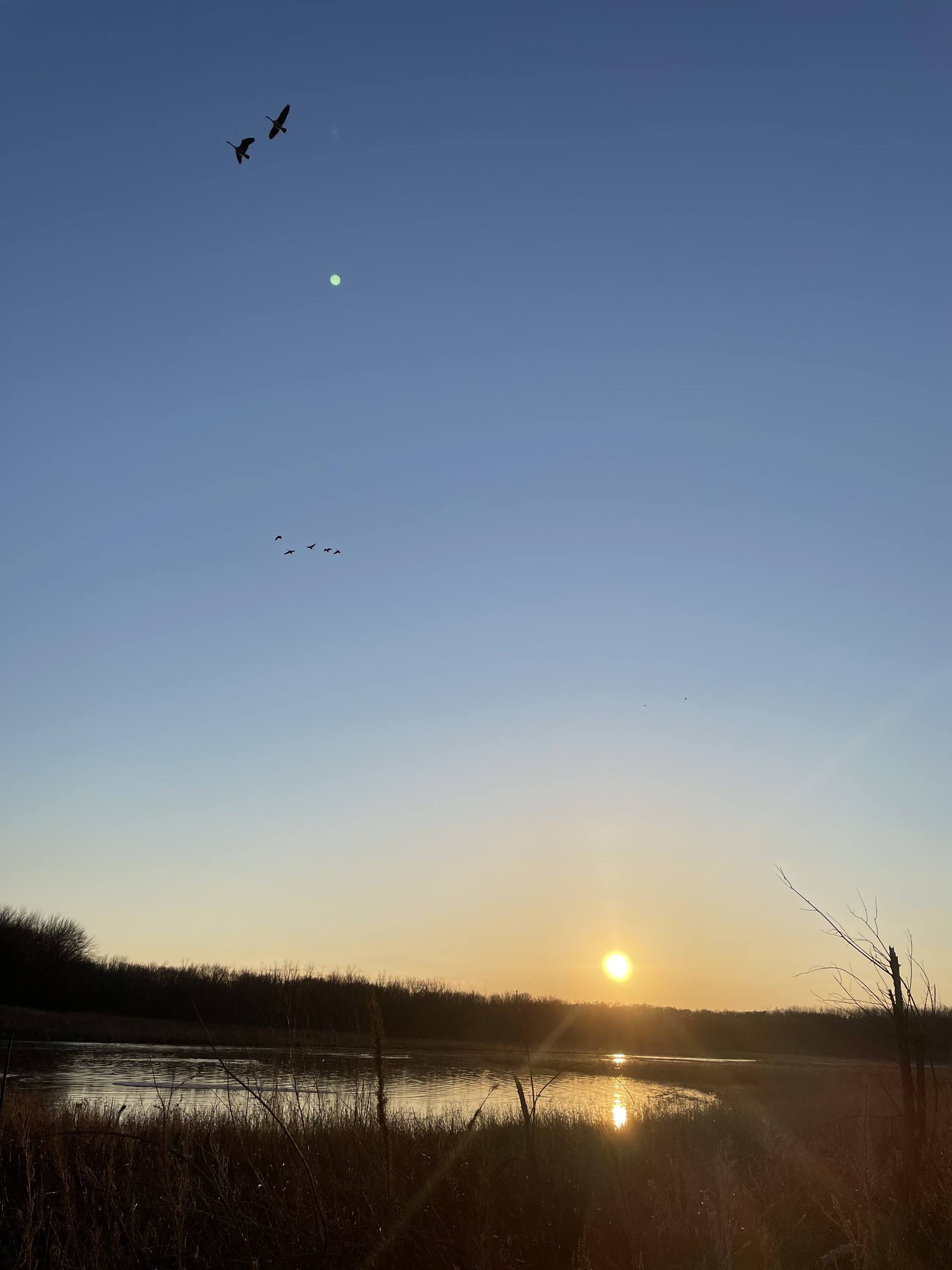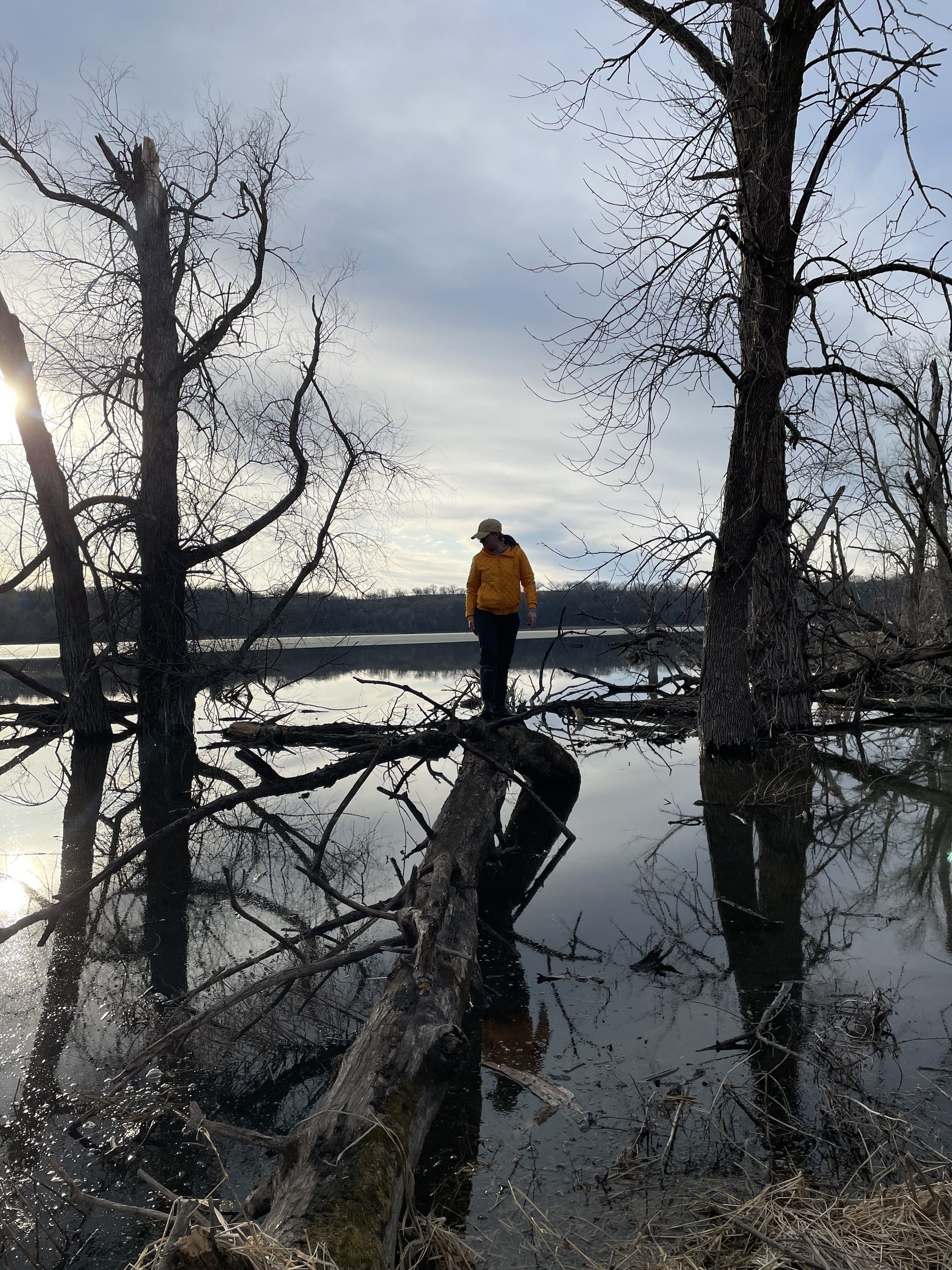Minnesota Flyway Migrations

By Caroline LaBorde, Minnesota Valley Field Crew Member / AmeriCorps Member
The Minnesota Flyway supports the migration of over 325 species annually and if you visit the Rapids Lake Visitor Center in Carver Minnesota, you might be lucky enough to have a front-row seat to watch the action.

Photo by Courtney Celley/USFWS.
Over the course of early to mid-spring the Rapids Lake Visitor Center has a constant flow of both avian and human visitors, coming together in one of the most fascinating phenomena science has observed (in my humble opinion of course): migration! The most common specie to see on the water include Trumpeter Swan and Canadian Goose, as well as Merganser and Mallard Ducks who both travel through and nest along the river in specifically created WPAs or Waterfowl Production Areas maintained by a mixture of DNR biology field specialists and conservation crews (such as Conservation Corps) built specifically to provide a minimal-predator zone for migratory birds. Some predators you may have heard of that are common in the Minnesota Valley area include Bald Eagles, Coyotes, and Crows. Minnesota Valley currently hosts a Conservation Corps crew in this central location, creating a separate “home base” from the St. Paul shop in order to focus heavily on the rehabilitation and transformation of waterfowl production areas, biome and remnant prairie sites as well as spring and fall burns up and down the Valley.

The center doesn’t just boast some of the most interesting trails on the flyway though; they also offer classes to all ages that educate about the wildlife and history of the area. Alongside its’ Bloomington counterpart, Minnesota Valley Trust organizes seminars throughout the year on a variety of subjects, which can be found advertised on the refuge website as well as in physical form brochures.
If you ever have the chance to visit bring water, binoculars and a friend; photo ops are always better with someone else, right?
